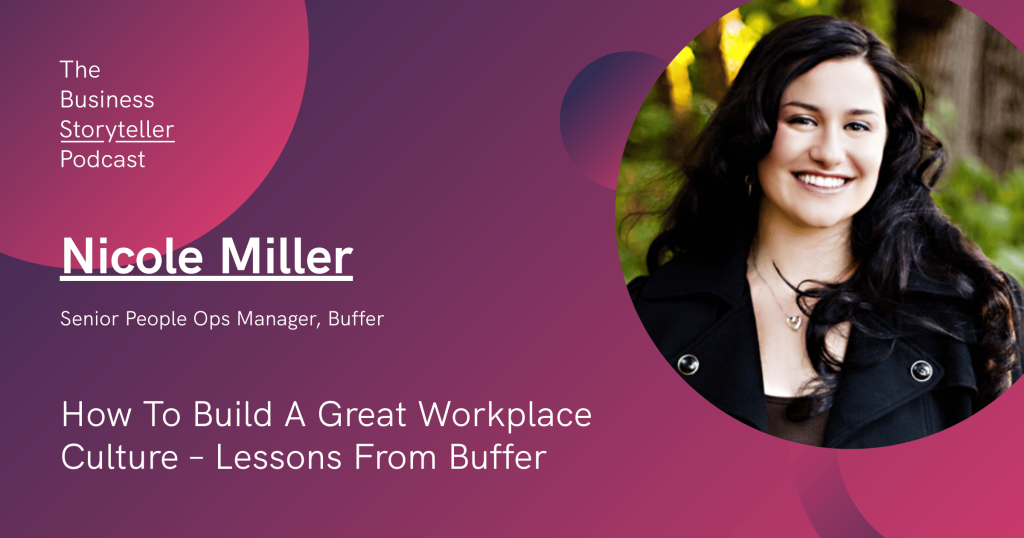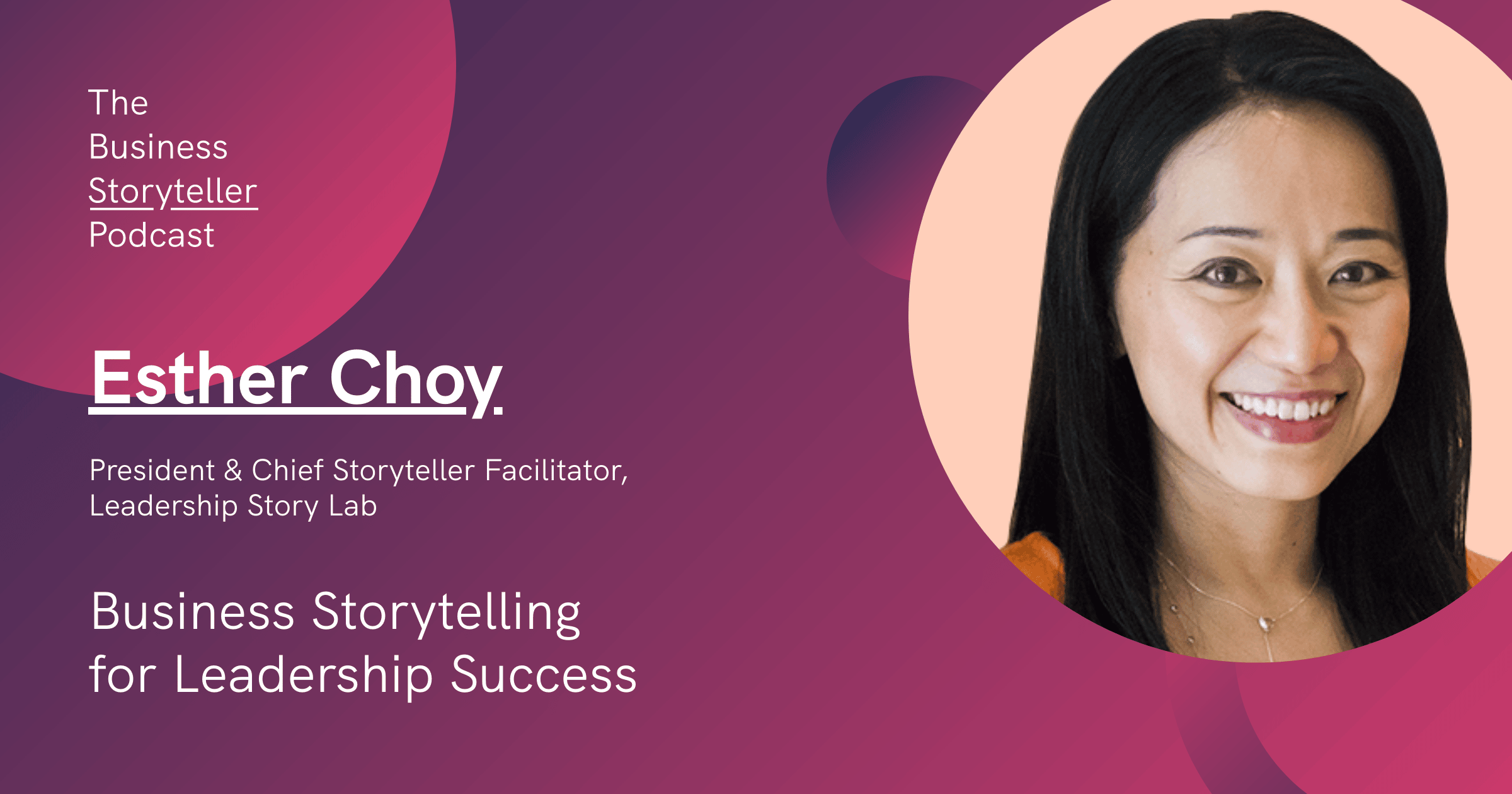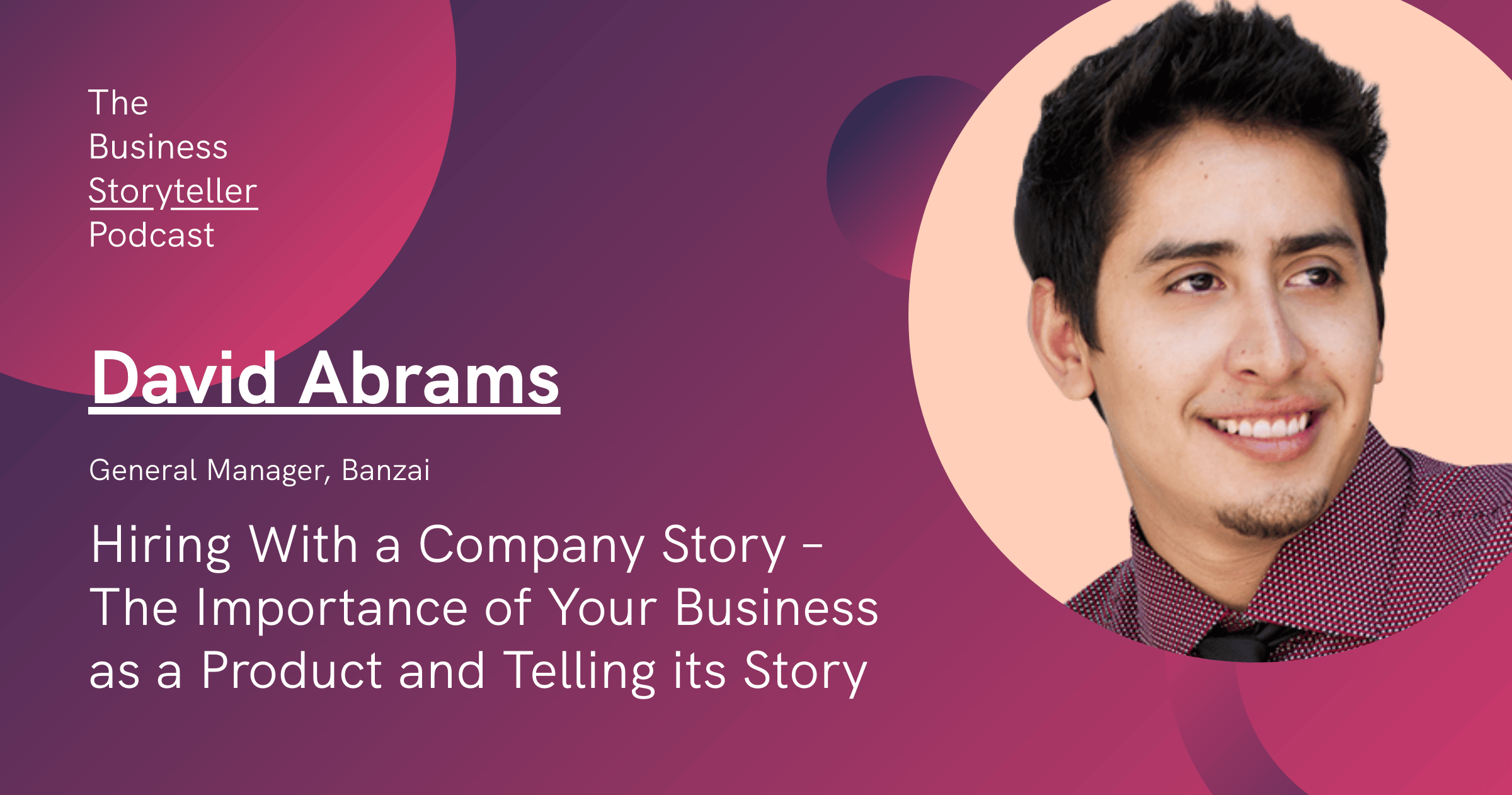I think for us, there have been times where we had to make the tough choices. But again, I think we also try to frame it as that person maybe wouldn’t have been happy here in the long run anyway. And so keeping the right frame of mind is important. But I think too we’ve had mistakes that we’ve made in the name of our values, we did a classically experiment where we tried transparent feedback, where we gave feedback to each other, sometimes constructive feedback in public and that was awkward and not a great idea, and I wouldn’t recommend it. And so we quit that pretty quickly and wrote a blog post about it and why we are not going to do it again. There are lots of mistakes.



